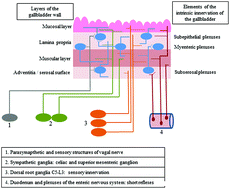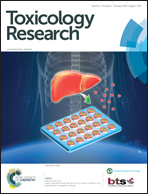Neurochemical characterization of nerve fibers in the porcine gallbladder wall under physiological conditions and after the administration of Salmonella enteritidis lipopolysaccharides (LPS)
Abstract
Lipopolysaccharides (LPS, bacterial endotoxin) are a component of the cellular membrane of Gram-negative bacteria, which is known as an important pathological factor. In spite of many previous studies describing multidirectional negative effects of LPS on living organisms, the knowledge concerning the influence of bacterial endotoxins on the gallbladder innervation is extremely scarce. The present study, based on the immunofluorescence technique, describes the changes in the neurochemical characterization of nerves within various parts of the porcine gallbladder (neck, body and fundus) after the administration of low doses of LPS. The obtained results show that even low doses of bacterial endotoxins affect the nerve structures within the gallbladder wall and the intensity of fluctuations in immunoreactivity to particular substances clearly depends on the part of the investigated organ. The most evident changes were observed in the case of fibers exhibiting the presence of neuropeptide Y (an increase from 7.84 ± 0.17 to 14.66 ± 0.37) in the neck, substance P (an increase from 0.88 ± 0.1 to 8.4 ± 0.3) in the body and the vesicular acetylocholine transporter in the gallbladder's fundus (an increase from 4.29 ± 0.18 to 11.01 ± 0.26). The mechanisms of the observed changes still remain unclear, but probably they are connected with the pro-inflammatory and/or neurodegenerative activity of LPS.



 Please wait while we load your content...
Please wait while we load your content...